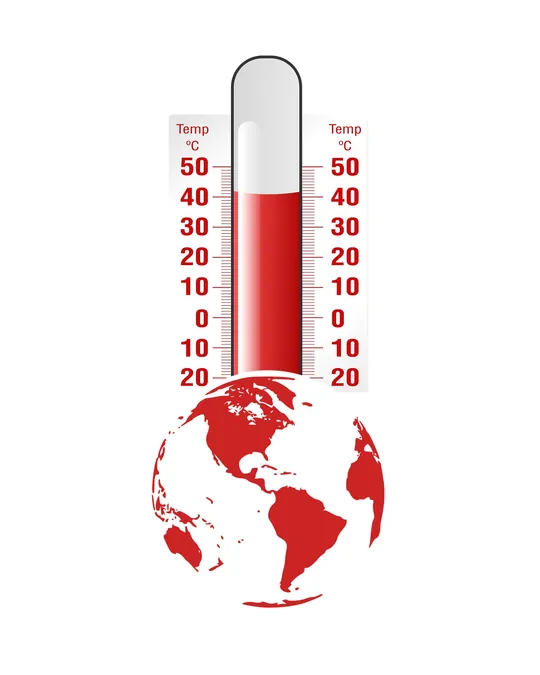
Alarming Surge: 170% Increase in Children's Emergency Visits for Heat-Related Illnesses Over the Last Decade!
2024-09-27
Author: Mei
In a shocking revelation that highlights the growing impact of climate change on child health, a recent study unveiled that visits to emergency departments by children for heat-related illnesses have skyrocketed by 170% over the past decade. This eye-opening data was presented at the prestigious American Academy of Pediatrics (AAP) 2024 National Conference & Exhibition held in Orlando, Florida.
The research titled “Trends and Outcomes of Heat-Related Illnesses at a Tertiary Children's Hospital System in the Southern United States, 2012–2023” meticulously analyzed trends, demographics, and outcomes among pediatric patients suffering from heat-related ailments.
Dr. Taylor Merritt, a pediatrician who contributed to the study, stated, "As pediatricians, we see firsthand how excessive heat affects children's health. The significant rise in heat-related illnesses over the past decade underscores a growing public health concern that warrants further attention and action.” This alarming trend serves as a wake-up call for parents, caregivers, and policymakers alike.
Notably, the data revealed that emergency department visits surged during the summertime, particularly during months of extreme heat. Researchers scrutinized a total of 542 encounters in emergency departments due to heat-related conditions. They found that the proportion of these visits out of all emergency encounters increased from 4.3 per 10,000 children in 2012 to a staggering 11.6 per 10,000 in 2023.
Delving deeper, it was uncovered that among all heat-related encounters, 418 (77%) were diagnosed with heat-specific illnesses, while 131 (24%) were identified as cases of rhabdomyolysis—a condition that leads to muscle breakdown frequently triggered by heat stress or intense exertion.
The study's findings also illustrated a stark contrast in outcomes for these young patients. Most children with heat-specific diagnoses, such as heat exhaustion and heat stroke, were discharged without the need for hospitalization (a remarkable 96%). However, the situation was more severe for those diagnosed with rhabdomyolysis, with 63% requiring urgent medical admission.
Additionally, the data illuminated certain demographic patterns, revealing that children presenting with heat-related issues were generally younger, more likely to be Hispanic, utilized government-based insurance, and resided in areas registering lower on the Child Opportunity Index—a measure that assesses the accessibility of essential resources for child development.
This escalating trend in heat-related illnesses among children signals an urgent need for community awareness and proactive measures to safeguard vulnerable populations as climate conditions continue to intensify. Parents should remain vigilant, ensure adequate hydration, and avoid prolonged exposure to high temperatures to protect the health of their children.
As summer approaches, let us not ignore the growing threat of heat-related illnesses that could reshape the health landscape of the younger generation!




 Brasil (PT)
Brasil (PT)
 Canada (EN)
Canada (EN)
 Chile (ES)
Chile (ES)
 España (ES)
España (ES)
 France (FR)
France (FR)
 Hong Kong (EN)
Hong Kong (EN)
 Italia (IT)
Italia (IT)
 日本 (JA)
日本 (JA)
 Magyarország (HU)
Magyarország (HU)
 Norge (NO)
Norge (NO)
 Polska (PL)
Polska (PL)
 Schweiz (DE)
Schweiz (DE)
 Singapore (EN)
Singapore (EN)
 Sverige (SV)
Sverige (SV)
 Suomi (FI)
Suomi (FI)
 Türkiye (TR)
Türkiye (TR)